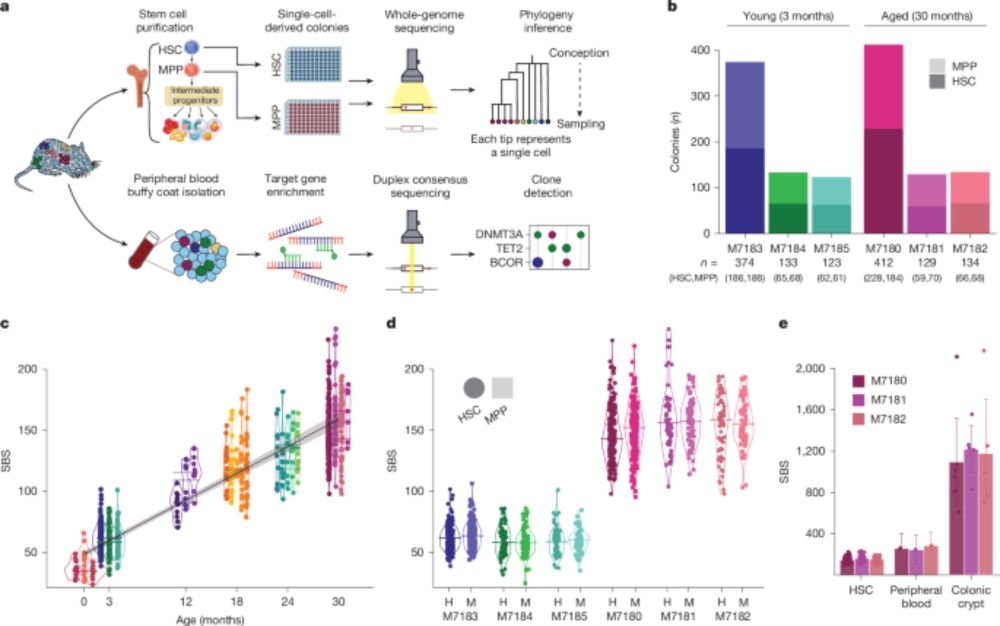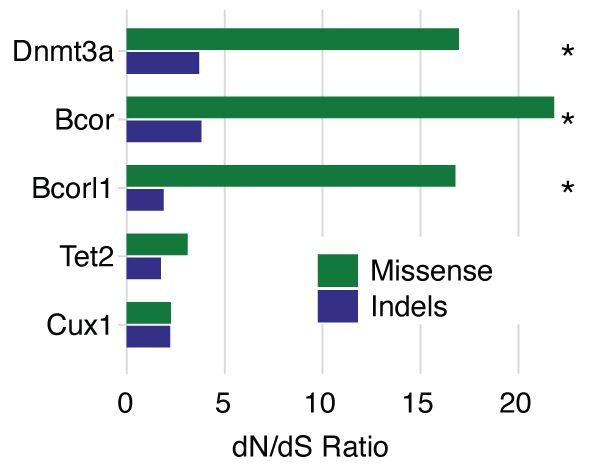Chiraag Kapadia
@chiraagkapadia.bsky.social
64 followers
73 following
20 posts
Physician-scientist in-training and hyphen-enthusiast interested in hematology, aging, and somatic mosaicism
Posts
Media
Videos
Starter Packs












